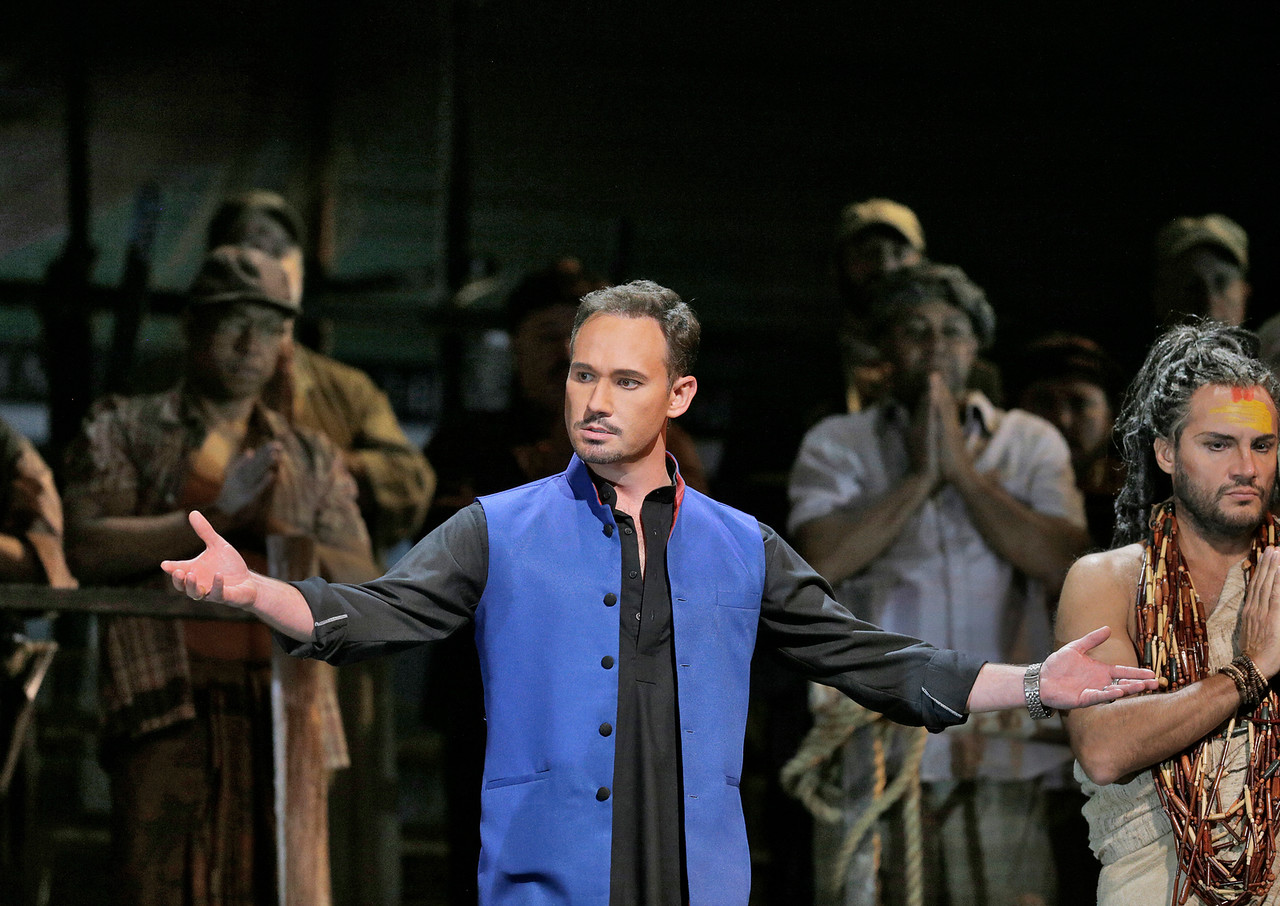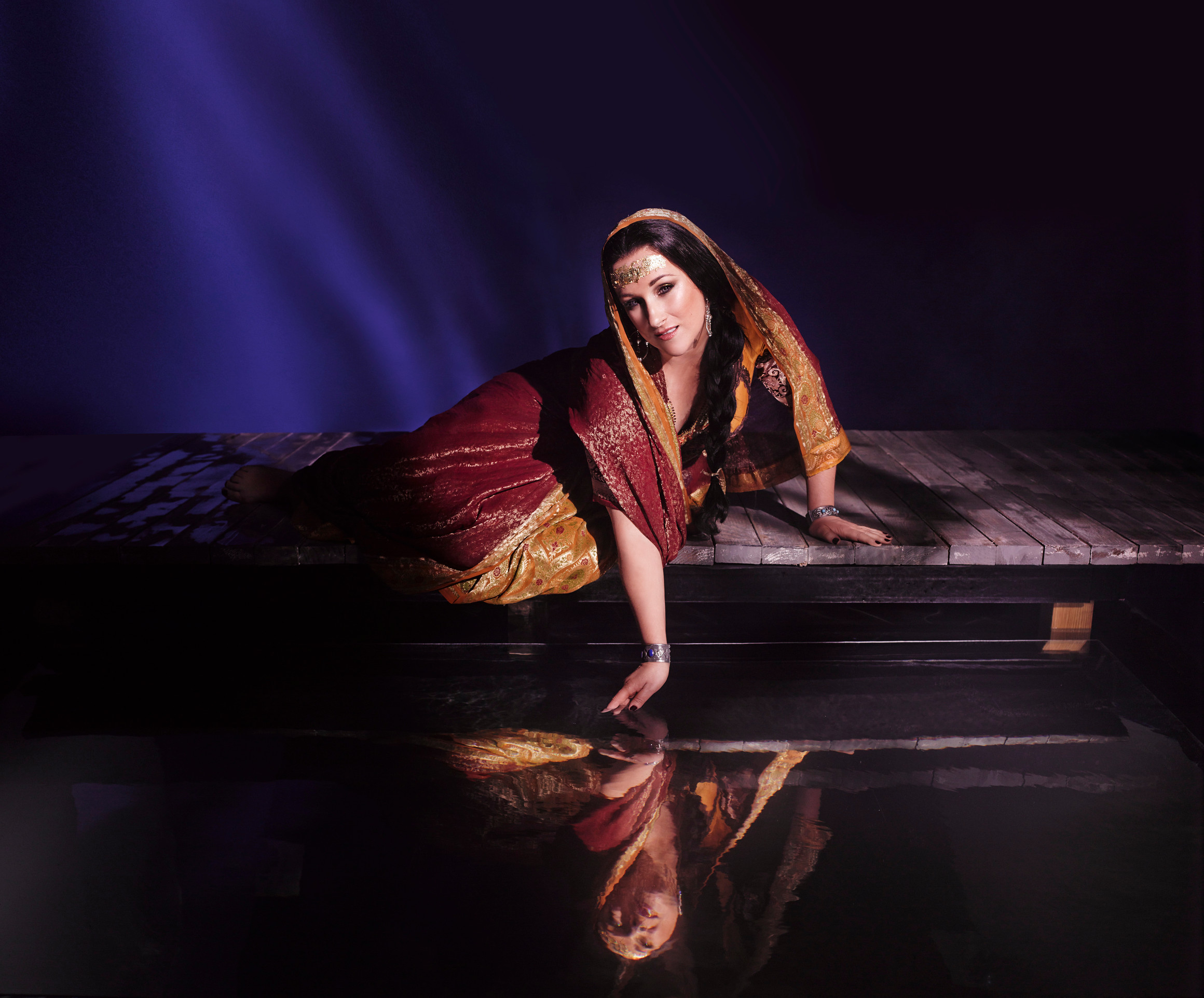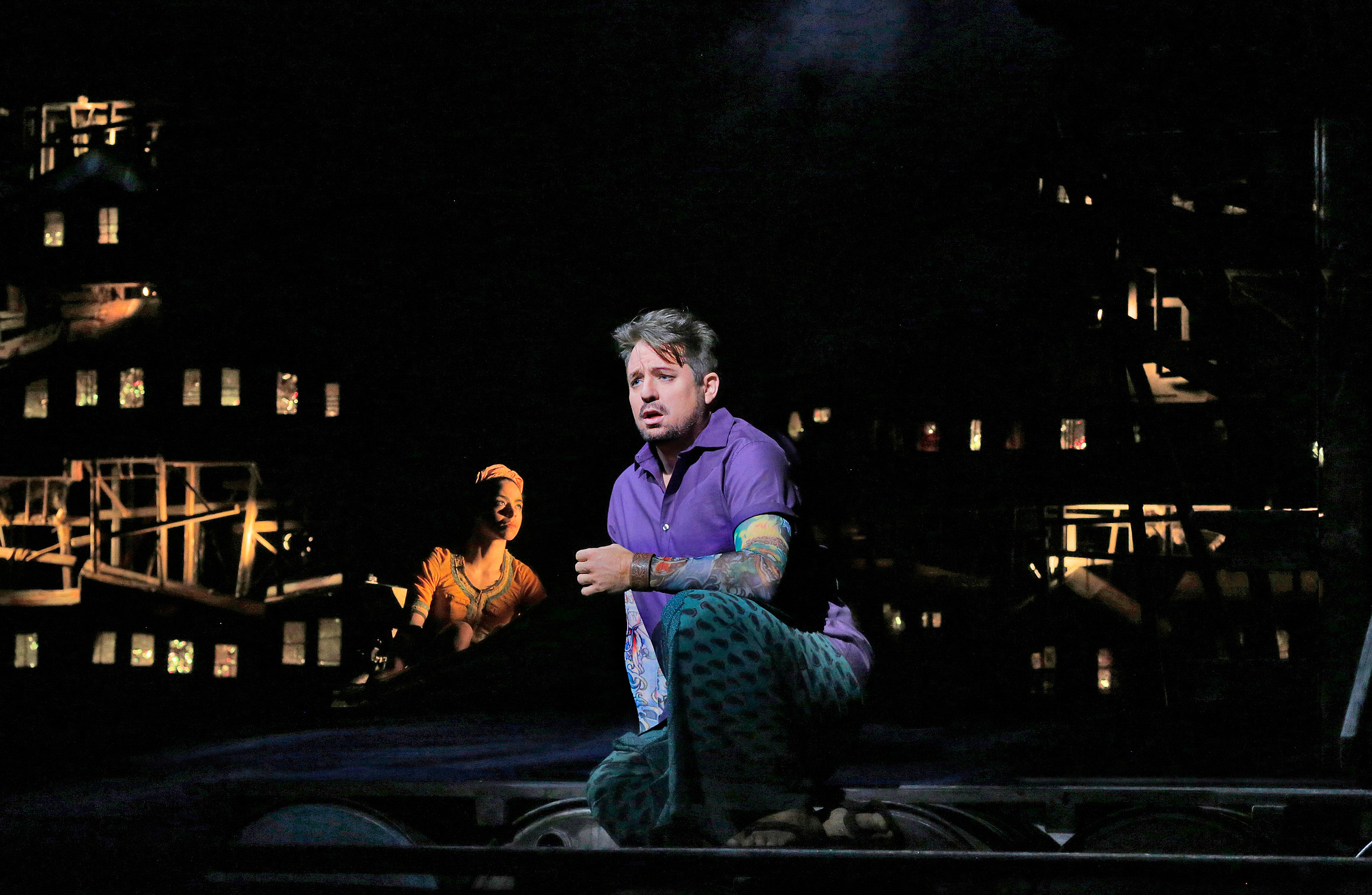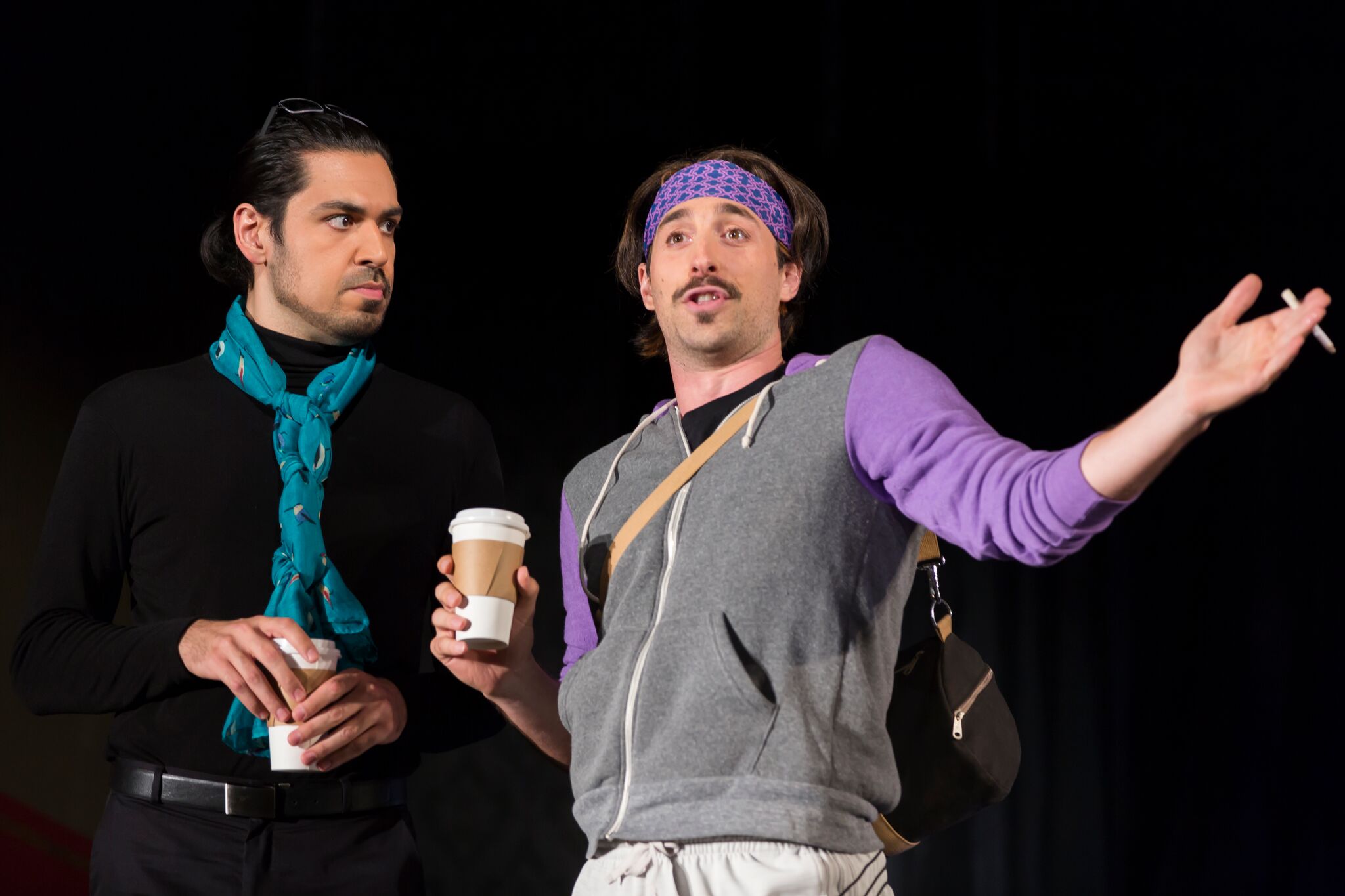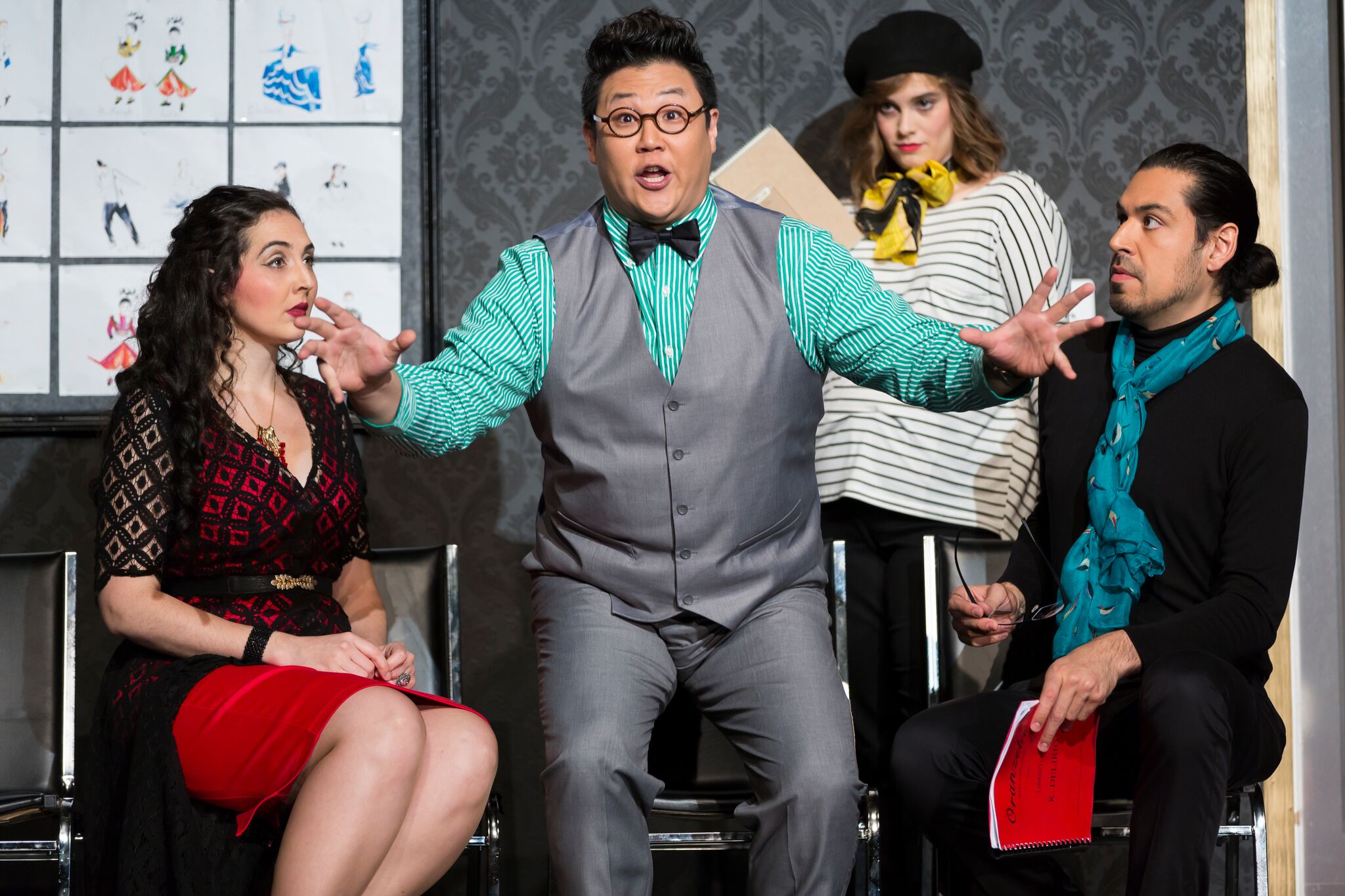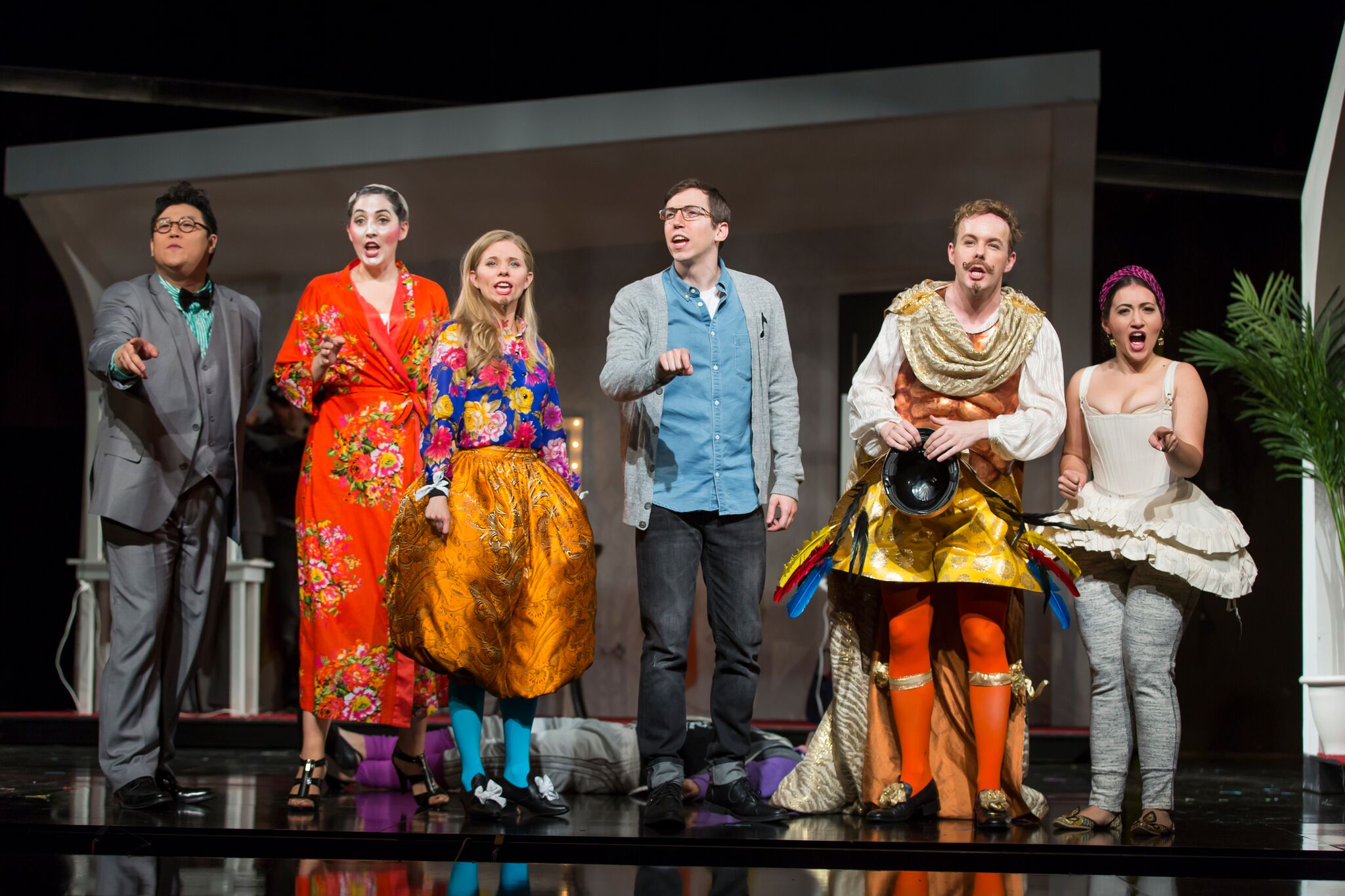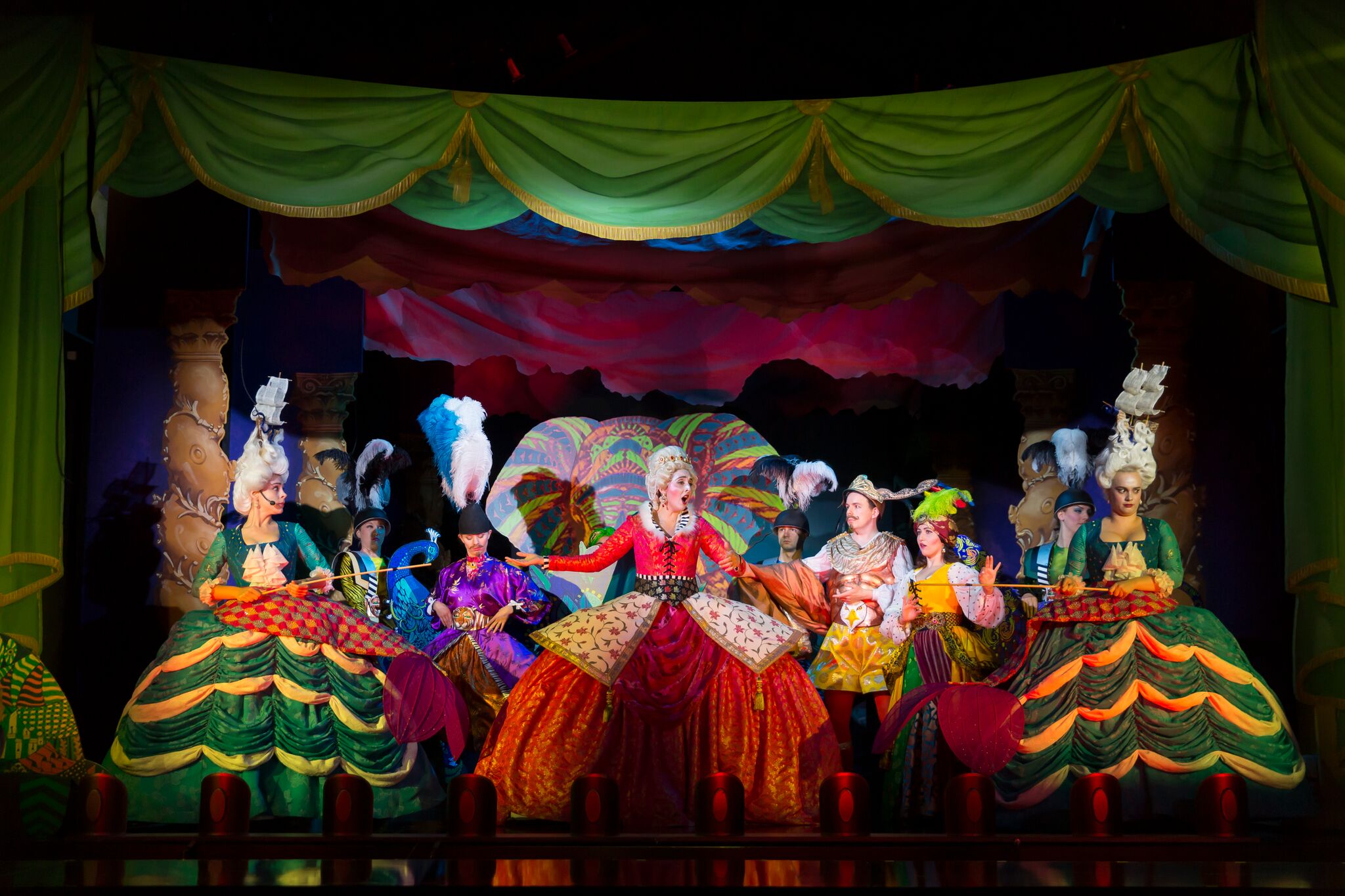Vienna, VA about noon on 9-22-16
Ok, opera tonight. Washington National Opera’s 2016-2017 season opener – The Marriage of Figaro at 7 or 7:30 pm at the Kennedy Center. Ugh, expect traffic, but oddly excited to see Figaro yet again. Several name brand cast members I am anxious to hear. Need to print off parking voucher ($20 after $2 discount for reserving online early) or maybe just rely on texted copy on cell phone? Done that before ok. Have to go solo tonight. What to do about dinner? Maybe grab something in the Terrace Cafeteria there. Let’s see, I think the opera is 7:30. Should leave about 5:30 to pick up my ticket exchange at the box office will call booth and to have time to eat.
About 5 pm
Time to dress. Wish I felt comfortable attending wearing a T-shirt and jeans. Hmmm, sport coat and slacks, but no tie! Shoes need shinning. Should I wear a tie? Almost 5:30. Time to go. Gotta take confirmation number for ticket, and oh, I think I will print off parking voucher. Darn, already 5:40.
Good grief! Tyson’s traffic is at its rush hour worst. OMG, I need gas. Back in traffic, now 5:50. Starting to feel a little time pressure. Starting time is 7:30, not 7:00, right? Traffic crawls to Rte 66 bypas (sorry fella, I had to move over; your gesture was amusing) and then crawls past Lee Highway exit on Rte 66. Moving now. Another back up on the Bridge. Breathe, remember to breathe. Another back up getting into Kennedy Center parking lot. Glad I printed off voucher; calling up text on the cell phone takes time. Saying to myself: metro next time, but driving to park at station and the ride in, plus getting from the stop to KC, takes almost as much time and my knees say no, no, no. Wonder what a limo costs. Going home will be easier. Ok, where to park to exit fastest when its over; best closest to entrance. Yikes, it’s a couple of minutes before 7 pm.
Good thing I know my way around the Kennedy Center. Picked up ticket, no line; lady was grateful I had confirmation number. Find cafeteria. Wrong turn. Where am I? Found it. Time for quick salad. Food is good. Visit toilet. Just thought - I am so familiar with Figaro I forgot to check on the pre-opera talk; bummer, bummer, I always get more out of the opera when I attend the talk. In place, in seat. Time is 7:25. Piece of cake, even time to text wife. Turn off cell phone.
About 7:40 pm
Francesca Zambello, Artistic Director for WNO, comes out from behind the curtain. Usual welcome and encouragement to subscribe for the season. Says traffic on Rock Creek Parkway has caused 400 ticket holders to be late; I am sympathetic. Will start now but will allow late seating in first act. Decent.
Elizabeth Bishop as Marcellina, Ryan McKinny as Figaro, and Valeriano Lanchas as Dr. Bartolo. Photo by Scott Suchman for WNO; photo courtesy of WNO.
The music starts,
Applause for the entrance of the conductor, James Gaffigan. The overture begins. Love this music by Mozart. Playing seems uninspired to me. I am seated center and sixteen rows back. Is the sound not as good as the upper tier where The Ring sounded so great? Enter Ryan McKinney as Figaro and Lisa Oropesa as Susanna. McKinney is a big handsome dude; voice sounds nice, rather a deep baritone. Oropesa is attractive too; she has a pleasing soprano voice and sings well. This is promising. Colorful period costumes and attractive set design. Wow, Oropesa is a charmer; I will forgive her most anything, but nothing to forgive. Ok, this Figaro is going to be light hearted with the humor emphasized. McKinney’s Figaro is more the jealous boyfriend than the wise, manipulative Figaro we sometimes see. And this Susanna is more the cute young girl trying to avoid the imposing letch than the more mature woman trying to deal with a social order in which she is victimized that we sometimes see. Joshua Hopkins as Count Almavira has a beautiful baritone voice, but often sings with low volume; I wonder if the folks in the back can hear him. Aleksandra Romano as Cherubino is a scene stealer eliciting laughter and quickly becomes an audience favorite. Had not seen Amanda Majeski before. Her voice is strong and lovely, carrying the melody with such feeling. I could listen to her more. Hey, I am really enjoying this. The excellent performances stack up. Valeriano Lucas as Dr. Bartolo, Elizabeth Bishop as Marcellina, Timothy Bruno as Antonio, Ariana Wehr as Barbarina, and Rexford Tester as Don Curzio all have professional voices and sing well. Keith Jameson as Don Basilio stands out for his fine voice and comedic flair. Mozart’s ensemble arias, duets, trios…up to a hextet with the singers singing different lines at the same time are so impressive! Orchestra is playing it role, though sometimes the volume seems a little off.
Joshua Hopkins as Count Almavira, Lisette Operpesa as Susanna, and Amanda Majeski as Countess Almavira. Photo by Scott Suchman for WNO; photo courtesy of WNO.
About 11 pm,
Last scene concludes, curtain goes down. Quite a few people move out of their seats and head to the exit. I have enjoyed a surfeit of singing and am grateful to the performers. Am a little resentful of fans leaving without giving up their applause to a deserving team. Bows are being taken, and slowly more and more people rise, me among them, until there is a standing ovation. Curtain down for last time and applause subsides. Head for car to navigate the interweaving jam to leave the parking deck. Head out and once away from KC the traffic has cleared and an easy ride home.
Afterthoughts at home,
A glass of wine and musings on the evenings performance. Having seen Figaro a couple of times before, the humor can only be so amusing for me, but the audience was certainly in to it. Some of the effects in the last act were funny but departed noticeably a bit from reality. I maintain that there are at least three groups that make up the audience: the critics, professionals, and the opera cognoscente is one group; the opera newbies are another; and finally those folks like myself somewhere in between. These groups are likely to react differently to the same opera. I suspect the first group will long for something more substantial; the newbies will love it, and the last group will be won over after a few arias. I suspect this production will succeed with the Opera in the Outfield crowd on Saturday night. You can argue with Zambello’s choice of operas, but she gives us a quality product. There will likely be several reviews of this performance by professional writers. How can I offer a report that is different, hmmm?
Postscript,
There was a 25 min intermission, enough time for a bathroom break and/or collect a drink or snack, though with long lines; also a chance to take stroll on the deck outside and view the Potomac at night. Being a season subscriber has its advantages. I was able to easily move to an earlier performance date, and I was able to upgrade my ticket ($162) by just paying the balance. Professional reviews of Figaro are linked in the monthly performance listings in the sidebar on the right and are also now included on the Seasonal Listings page. The remaining performances of Figaro are on Sep 28, 30, and Oct 1 and 2. My advice is to go, relax, and enjoy it for what it is, a treat for the eyes and ears with some comedy thrown in.






